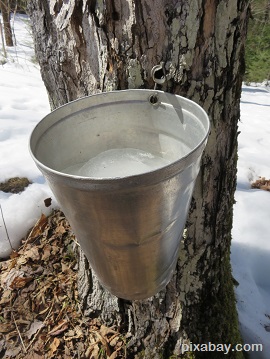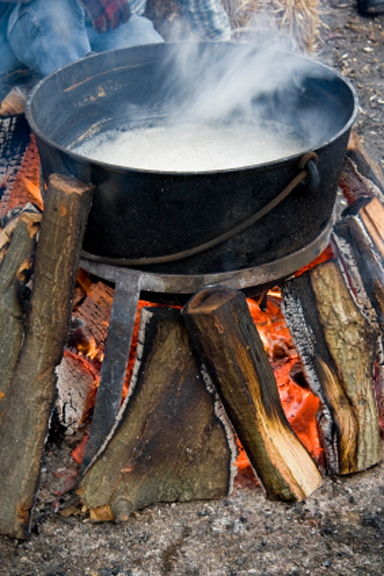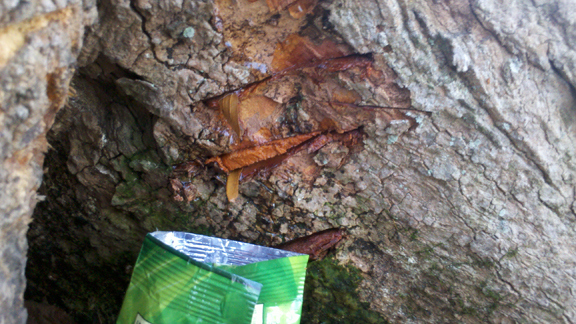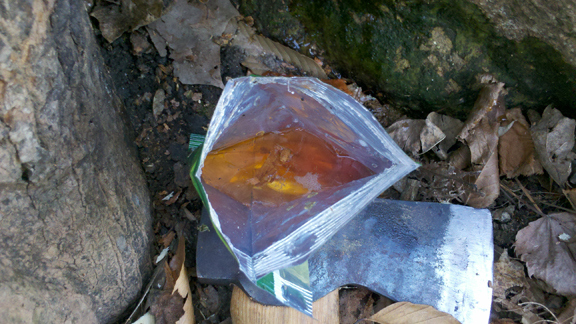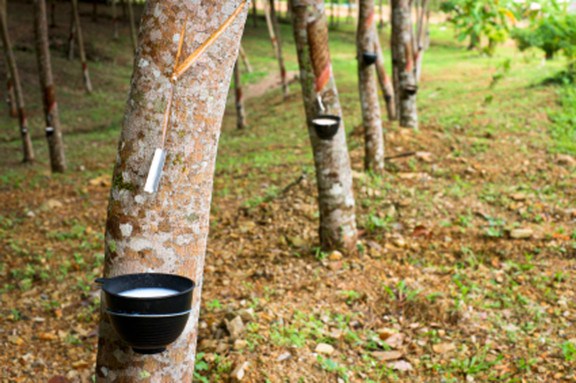You’re lost in the woods. You didn’t properly prepare for the hike – shame on you. You hydrated before you left but didn’t bring a canteen. You are starting to feel early warning signs of dehydration – dry mouth and headache.
Have you been listening to ANYTHING I’ve told you?
All you have is a snack pack of survival Funyuns in your pocket. In a slight panic about your situation, you eat them. Now, you’re really thirsty. And, you’ve got horrible breath.
You try to remember everything you’ve read at WillowHavenOutdoor.com and even on their awesome FACEBOOK PAGE (hint, hint) about what Creek writes in regards to finding water. You proceed to go through a mental checklist of sorts:
- There’s no snow on the ground for you to melt and drink, the temp is about 50 degrees outside
- There’s no rain in the forecast for you to collect
- There are no lush water rich wild edible plants like bull thistle to help with hydration
- You can’t find any fresh water seeps or springs
- There is a stream nearby but you know you can’t drink from it because of water borne parasites and you don’t have a way to purify it. You’re not that desperate yet, even though you really want to wash out that Funyun taste.
What else can you possibly do? How can you hydrate?
Late winter and early spring are the perfect time of year to tap a variety of trees for fresh, nutrient and sugar rich, drinkable sap that does not need purification. The #1 candidate of choice is the maple tree – which can be found almost everywhere. Any maple will work, but the Sugar Maple is best. You can also tap birch trees, walnut trees and sycamore trees for drinkable sap.
RELATED:How to extract maple sap from maple trees
Each year, 1000s of maple trees are tapped for their sugary sap. This sap is then boiled down to make Maple Syrup. Did you know it takes 40 gallons of maple sap to make 1 gallon of maple syrup?
So what do you do?
Remember those Funyuns? That’s the perfect container to collect fresh drinkable maple sap. I used my axe to gash into the sap layer of this big sugar maple. You can drill in with your knife or even gash it open with a rock. You have to go about 1/4″-1/2″ into the tree. You must break through the first few layers of bark. You’ll know it when you hit it – the sap will start dripping. You’re not going to have a modern spile in your pocket so you’ll have to use a little piece of leaf or bark to direct the flow of sap away from the tree and into your container.
RELATED:How to make maple syrup at home
These slices filled this package in about 20-30 minutes. Not bad at all.
Get to know your Maples!
The maple tree is one of the easiest trees to identify – WITH THE LEAVES ON. But, to the inexperienced, all trees start to look alike in the dead of winter with no leaves. If you can’t ID maple without the leaves this winter, don’t let another summer pass you by without studying the bark of your local maples so that you can ID them without the leaves. This knowledge could one day save your life. Sycamores are easy to identify.
Got a Maple Tree in your back yard?
Tap that Maple! The sugar content of maple sap averages 2.5% and is one of nature’s perfect energy drinks! One maple tree can yield up to 10 gallons of sap in one season.
Did you know?
Natural latex rubber is also the tapped sap from a tree called the Para Rubber Tree.
These trees are native to South America but Malaysia is now the #1 latex rubber producer and it all comes from TREES!
Pine sap can be used to make an incredible survival epoxy. See the post how to do it here: Creek Makes Pine Sap Glue
From life-saving water to natural rubber to awesome glue, sometimes it’s just about knowing WHERE to look. What other TREE SAPS have you heard of using?
Remember, it’s not IF but WHEN,
by Creek

